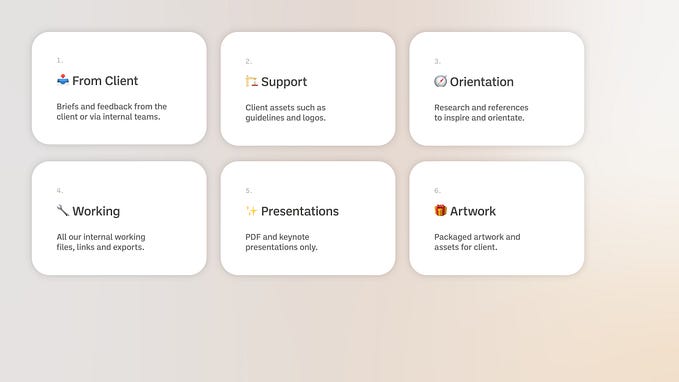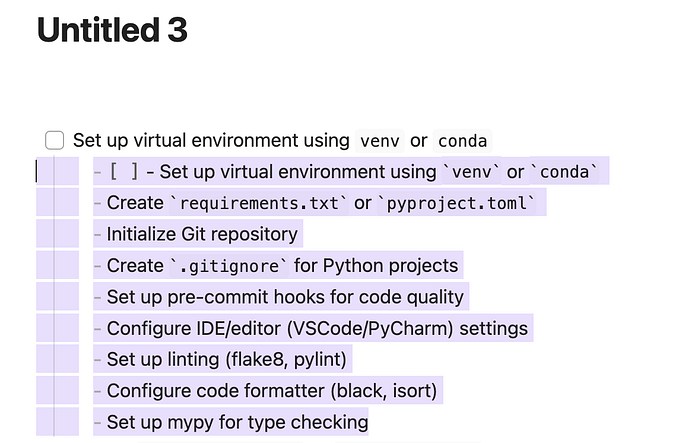The Role of AI in the Automotive Industry in Pakistan
Introduction
In recent years, the global automobile industry has been profoundly transformed as a result of substantial technological advancements and the ever-increasing demand for innovative solutions to our problems. For example, China has leveraged Artificial Intelligence to transform their public transport sector, significantly streamlining its operational efficiency. On the other hand, Pakistan has repeatedly been put under the radar due to their lackluster utlisation and wide-spread implementation of technology; something that can be traced back to their outdated infrastructure, underdeveloped regulatory framework and limited technological access. However, AI proves to be a golden opportunity in our rapid and dynamic world; offering exciting possibilities for enhancing vehicle efficiency, safety and boosted driver experience.
Application of AI in Vehicles
Automobile companies, such as Tesla, Turo and Waymo, all rely on complex Artificial Intelligence models to navigate their vehicles and perform real-time decisions. For example, Waymo has logged over 20 million miles of autonomous driving on public roads. This goes to show how the technology underlying autonomous vehicles has advanced significantly since their inception. And it doesn’t seem to be slowing down any time soon.
Now, while fully autonomous vehicles being available in the commercial market may be a distant reality, Advanced Driver-Assistance Systems (ADAS) are a much more immediate AI application in Pakistan. ADAS is an essential technology, already being integrated in many vehicles worldwide, in which cameras and sensors are used to detect nearby objects and prevent fatal collisions. In it, rear-facing, surround-view and forward-facing cameras are collectively used, alongside ultrasonic and LIDAR sensors, to monitor the environment around the moving vehicle. By doing so, the vehicle can detect and classify objects such as pedestrians, other vehicles and road markings. These inputs are then run through an image processing algorithm, most of which are powered by convolutional neural networks (CNNs), which analyse these images to provide real-time data for efficient decision-making.
In Pakistan, the use of ADAS is gradually increasing, even in locally manufactured cars. Vehicles such as the Haval H6, Kia Carnival and the MG HS have all utilised this cutting-edge technology to further raise their safety standards. Nevertheless, widespread adoption still remains a troublesome task due to factors such as cost and consumer awareness. More optimistically, as technology becomes more affordable and widespread globally, ADAS is expected to become a staple safety feature in most vehicles.
Apart from ADAS, Artificial Intelligence can also be utilised in enhancing a vehicle’s in-car experience. This can be done through integrating various features such as voice-activated controls, personalized comfort and safety functions and predictive maintenance alerts: most of which are operated through Natural Language Processing (NLP) and Machine Learning algorithms. Once again, such features remain accessible only in larger and more expensive vehicles, such as the Chery Tiggo 8 and the DFSK Glory 580 Pro.
Alternatively, AI can also be used to greatly improve urban infrastructure. For example, Artificial Intelligence can aid in optimizing public transportation by regulating traffic flow, decreasing congestion, and increasing the efficiency of bus and rail networks. Additionally, in metropolitan cities such as Karachi, Lahore and Islamabad, such AI-driven solutions can address essential challenges such as overcrowded roads and inefficient ticketing systems.
Local Integrations of AI Technologies
Although Pakistan has put in effort to incorporate AI in numerous fields, such as through their ‘National AI Draft Policy’ and the ‘Digital Pakistan Policy 2018’, the overall progress of these initiatives remains slow. However, the Pakistani Government has made significant inroads in promoting digitalization through initiatives like “Vision 2025”. This provides a road map for public and private collaborations in the IT industry, allowing educational institutions to adjust their curricula accordingly.
Furthermore, collaborations between local automative manufacturers and global tech companies are also in the works; something that can bring AI features to the Pakistani population. Despite such ideas being in their infancy stage, they hold the possibility to broader AI integration in the local automative industry.
Challenges of AI
The successful incorporation of AI in Pakistan heavily depends upon the country’s infrastructure and technological keenness. As of 2024, a large majority of areas in Pakistan lack essentials like basic road quality as well as the technology required to support AI-powered vehicles. Therefore, the first step towards a more technologically-centered Pakistani automobile future would be to upgrade road infrastructure and make such technology widespread.
Another significant hurdle is the absence of a comprehensive and just regulatory framework which will help regulate vehicles using AI. Issues such as data privacy, possible accidents and various other ethical concerns must be addressed through clear guidelines. Only through such regulations can the widespread adoption of AI in Pakistan’s automative sector commence.
Conclusion
Despite the challenges, the future of AI in Pakistan’s automative industry seems promising. Year by year, more young students and graduates are pursuing AI for their future. It is this youth which represents the future of our country. And through adequate training and nurturing, they will be able to achieve great things.
Once again, AI has the power to completely transform Pakistan’s automotive industry, tackling everything from safety concerns to traffic jams. By embracing these cutting-edge technologies, Pakistan can rev up its journey towards smarter, safer, and more efficient roads.
Works Cited:
Abid. “Pakistan’s Draft Artificial Intelligence (AI) Policy: Strengths, Weaknesses, and Implementation Challenges — Strafasia | Strategy, Analysis, News and Insight of Emerging Asia.” Strafasia | Strategy, Analysis, News and Insight of Emerging Asia, 2019, strafasia.com/pakistans-draft-artificial-intelligence-ai-policy-strengths-weaknesses-and-implementation-challenges/. Accessed 20 Aug. 2024.
Ali Pirzada, Muhammad Siddique . “Embracing AI in Pakistan’s Public Sector Challenges Initiatives, and Future Prospects: — SAFN.” Southasiaforesight, 10 June 2024, southasiaforesight.org/embracing-ai-in-pakistans-public-sector-challenges-initiatives-and-future-prospects/.
Ali, Sulman. “I-Talk- Control Your Glory 580 pro with Voice Command.” PakWheels Blog, 9 Dec. 2020, www.pakwheels.com/blog/i-talk-control-your-glory-580-pro-with-voice-command/. Accessed 20 Aug. 2024.
— -. “Kia Offers New Safety Features in Kia Carnival.” PakWheels Blog, 14 Feb. 2023, www.pakwheels.com/blog/kia-offers-new-safety-features-in-kia-carnival/. Accessed 20 Aug. 2024.
https://www.facebook.com/AskShahzadMirza. “The Scope of Artificial Intelligence in Pakistan in 2024.” Designs Valley, 23 Aug. 2023, designsvalley.com/artificial-intelligence-scope-in-pakistan/. Accessed 20 Aug. 2024.
Nolan, Stella. “Top 10: Autonomous Vehicles.” Evmagazine.com, Bizclik Media Ltd, 19 June 2024, evmagazine.com/top10/top-10-autonomous-vehicles.
Shah, Waleed. “Pakistani Startup Makes Waves in Self Driving Technology.” Pro Pakistani, 1 Nov. 2021, propakistani.pk/2021/11/01/pakistani-startup-makes-waves-in-self-driving-technology/.
Srivastava, Sudeep. “Benefits and Use Cases of AI in the Automotive Industry.” Appinventiv, 19 Apr. 2023, appinventiv.com/blog/ai-in-automotive-industry/.
“The Economy and Automobile Industry of Pakistan.” Www.ukessays.com, www.ukessays.com/essays/management/the-economy-and-automobile-industry-of-pakistan-management-essay.php.
赵满丰. “AI Drive in Transportation Should Be Human-Centric.” Chinadaily.com.cn, 2024, www.chinadaily.com.cn/a/202407/11/WS668f9aaca31095c51c50d9e0.html#:~:text=Apollo%20Go%2C%20the%20robotaxi%20operated. Accessed 20 Aug. 2024.









